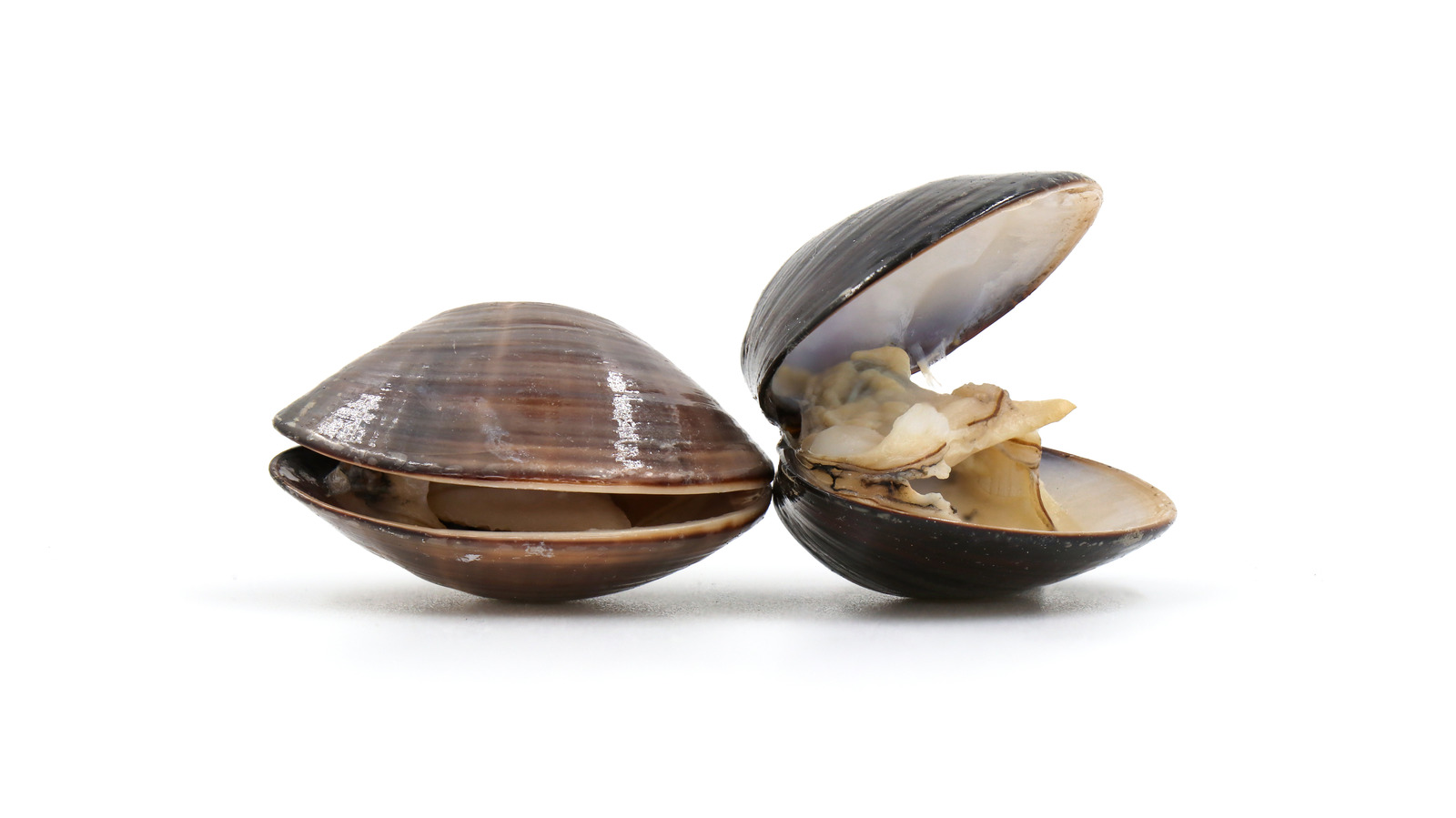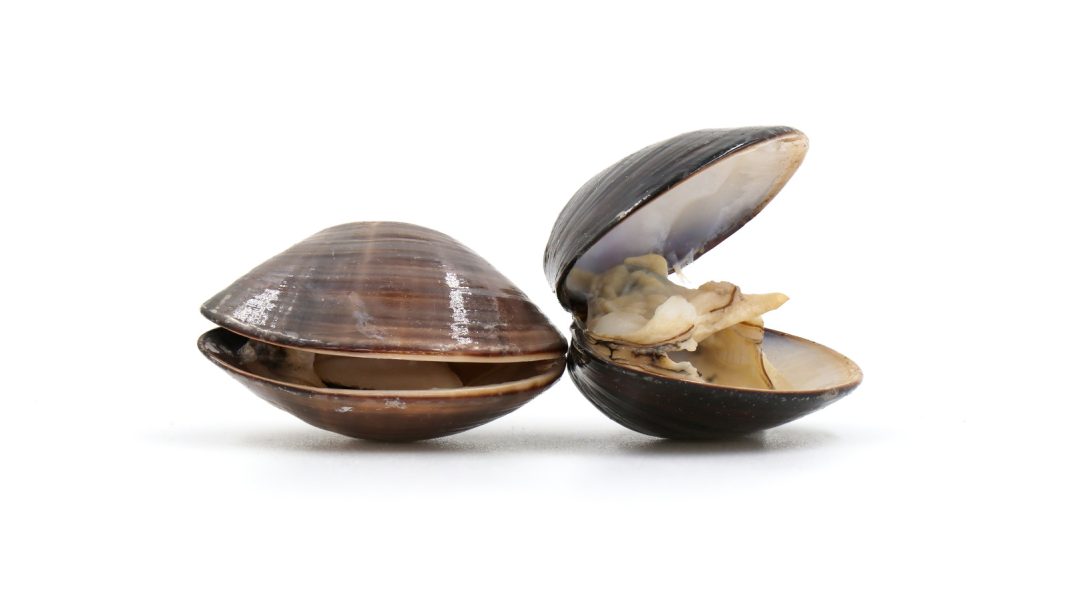 Title: The Costly Lesson: Unearthing the Consequences of Clam Collecting Without a License
Title: The Costly Lesson: Unearthing the Consequences of Clam Collecting Without a License
Introduction:
A California mother found herself in a bewildering situation when her children innocently collected clams, mistaking them for seashells, during a family trip to Pismo Beach. Unbeknownst to them, this harmless act led to a staggering fine of $88,000. This incident sheds light on the importance of wildlife regulations and the need to protect shellfish species. Let’s delve into the details and explore the consequences faced by this family and the rationale behind such strict penalties.
The Innocent Mistake:
Charlotte Russ and her children embarked on a beach getaway to Pismo Beach, renowned as the “Clam Capital of the World.” Unaware of the fishing license requirement for clam collection, her kids gathered 72 clams from the clamming hotspot. Unfortunately, their innocent actions caught the attention of the Department of Fish and Wildlife, resulting in a confrontation and a subsequent ticket.
The Shocking Fine:
Receiving a fine notice in the mail, Russ was astounded to discover that she was expected to pay an exorbitant sum of $88,993. Understandably, this turn of events left her feeling disheartened and ruined what was supposed to be a joyful family trip. However, subsequent developments would provide some relief.
Lessons Learned:
As Russ contested the fine, a San Luis Obispo County judge reduced it significantly to $500. Nevertheless, the incident served as a valuable lesson for both Russ and her children. They now understand the importance of wildlife regulations and the distinction between clams and seashells. This educational experience has fostered a deeper appreciation for marine life and the necessity of preserving shellfish species.
The High Stakes:
The hefty penalty for clam collection without a license serves a vital purpose: safeguarding shellfish populations. Lt. Matthew Gil of the Department of Fish and Wildlife emphasized that the regulations exist to allow clams to grow and reproduce, ensuring a sustainable ecosystem. With an average size of 4 and a half inches, clams need ample time to spawn and produce offspring annually. By enforcing strict measures, authorities aim to protect not only adult clams but also their juvenile counterparts.
The Unique Pismo Clam:
Pismo clams, exclusively found in the eastern Pacific Ocean, possess distinct characteristics that differentiate them from other shellfish. These bivalves boast thick, large, and triangular shells that can vary in color, ranging from pale to brown. Their shells may also exhibit a yellowish, tan, or green varnish-like coating. Recognizing these features can help beachgoers distinguish between clams and seashells.
The Population Challenge:
While Pismo Beach is renowned for its Pismo Clam and Pacific Razor Clam populations, ongoing challenges threaten their existence. Over the years, both clam collectors and sea otters have contributed to a decline in shellfish populations. However, due to dedicated regulation efforts, there has been a resurgence in clam numbers. This underscores the significance of adhering to fishing license requirements to maintain a delicate balance between human activities and the preservation of marine ecosystems.
Conclusion:
The story of Charlotte Russ and her unwittingly clam-collecting children serves as a stark reminder of the consequences that can arise from a lack of awareness regarding wildlife regulations. By understanding the rationale behind such penalties and appreciating the unique characteristics of shellfish species like the Pismo clam, beachgoers can better contribute to the preservation of marine life. Let this cautionary tale inspire us all to be more conscious stewards of our natural surroundings.


